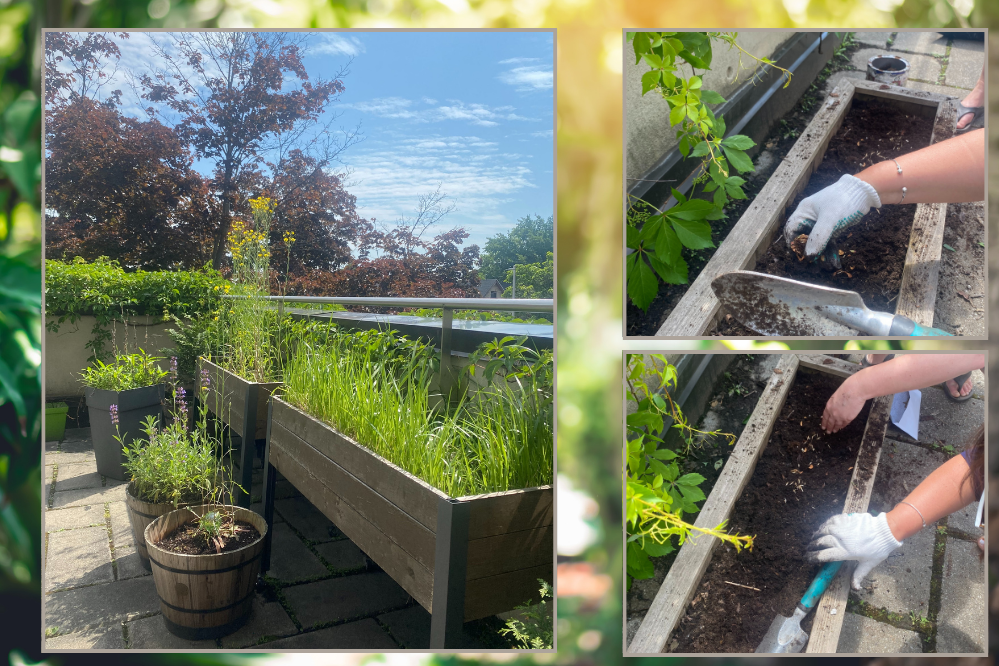Many First Nations populations have used plants and other natural products as remedies and medicines since time immemorial. The plants used for smudging are known as "the Four Sacred Medicines". These venerated plants enable individuals to connect deeply with the spirit world and the Creator.
Semaa (tobacco) is the first plant the Creator gave to Indigenous people. It is the main activator of all plant spirits. Three plants, Mshkwoodewashk (sage), Zhgob (cedar) and Wingushk (sweetgrass) follow tobacco and together these form the "Four Sacred Medicines", which are used in everyday life and in ceremonies.
They can all be used for smudging rituals , but sage, cedar and sweetgrass also have many other uses. The Elders claim that spirits love the aroma produced when tobacco and other sacred medicines are burned.
Traditional people say that tobacco is always first. It is used as an offering for everything and in every ceremony. "Always through tobacco", the saying goes. Traditional tobacco was given to be able to communicate with the spirit world. It opens the door to allow that communication to take place. When a tobacco offering is made, we communicate our thoughts and feelings through the tobacco, as we pray for ourselves, our family, relatives, and others.
Tobacco is always offered before picking medicines. When you offer tobacco to a plant and explain why you are there, that plant will let all the plants in the area know why you've come to pick them. When you seek the help and advice from an Elder, Healer or Medicine Person and give your offering of tobacco, they know that a request can be made, because tobacco is so sacred.
With our tobacco offering, we express our gratitude for the help of the spirits. It is put down as an offering of thanks to the First Family, the natural world, after a fast. Traditional people make an offering of tobacco each day when the sun rises. Traditional tobacco is still grown in some communities, and we are growing a humble crop here, at Fauteux, in honor of the Indigenous community.
Sweetgrass represents Mother Earth's sacred hair. Its sweet aroma recalls the gentleness, love, and kindness she has for the people. When sweetgrass is used in a healing circle, it has a calming effect. Sweetgrass is also used for smudging and purification.
Sage is used to prepare people for ceremonies and teachings. Because it is more medicinal and stronger than sweetgrass, it tends to be used more often in ceremonies. Sage is used for releasing what is troubling the mind and to eliminate negative energy. It is also used for cleansing homes and sacred objects.
Finally, like sage and sweetgrass, cedar is used to purify the home. It also has many restorative medicinal uses. Cedar baths are healing. When cedar is put in the fire with tobacco, it crackles, drawing the attention of the spirits to the offering being made. Cedar is used in fasting and sweat lodge ceremonies as a form of protection: cedar branches cover the sweat lodge floor, and a circle of cedar surrounds the faster's lodge.
These four plants are growing in our garden here, on the outdoor terrace of the 3rd floor, as a token of thanks and in honor of the Indigenous community members who work and study at Fauteux Hall. We are especially grateful to the Healers and Elders who contributed their knowledge and understanding of the traditions and culture in the creation of this garden.
For more information, we encourage you to consult an Elder or Traditional Healer, or to visit the office of Tasha Simon, Specialist, Indigenous Programs, FTX 116.
You are all invited to visit the atrium terrace and discover our magnificent spirit garden!
